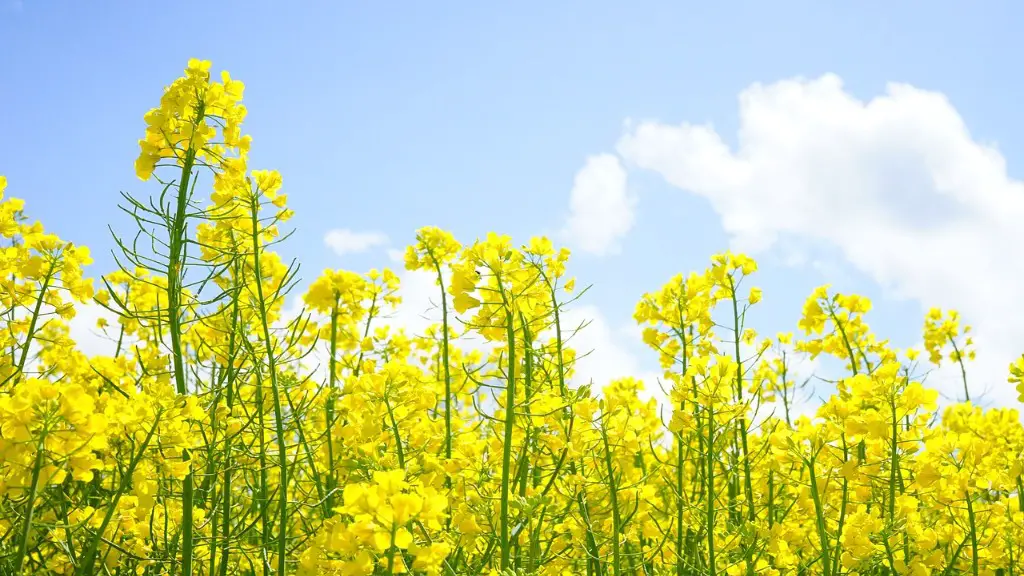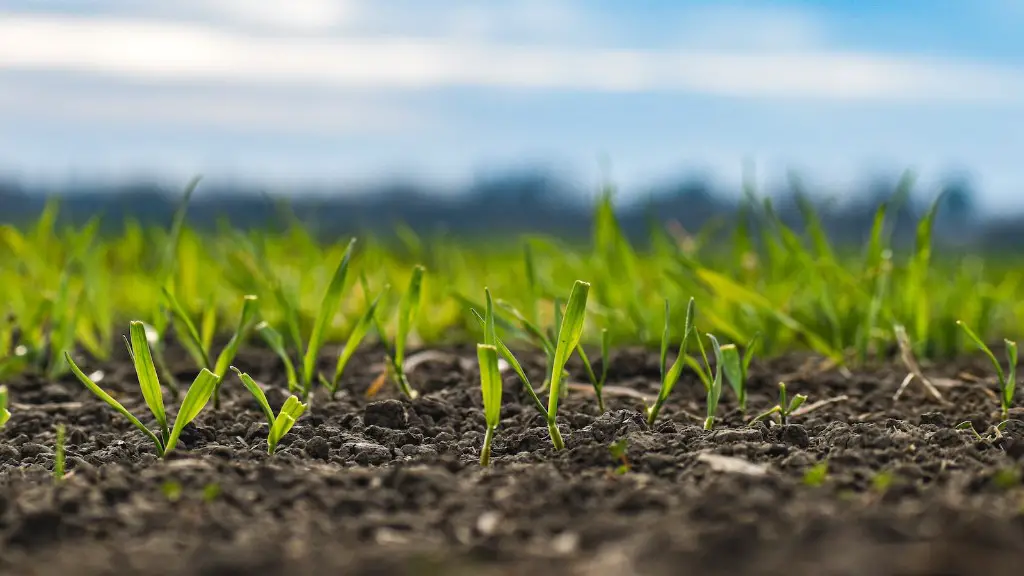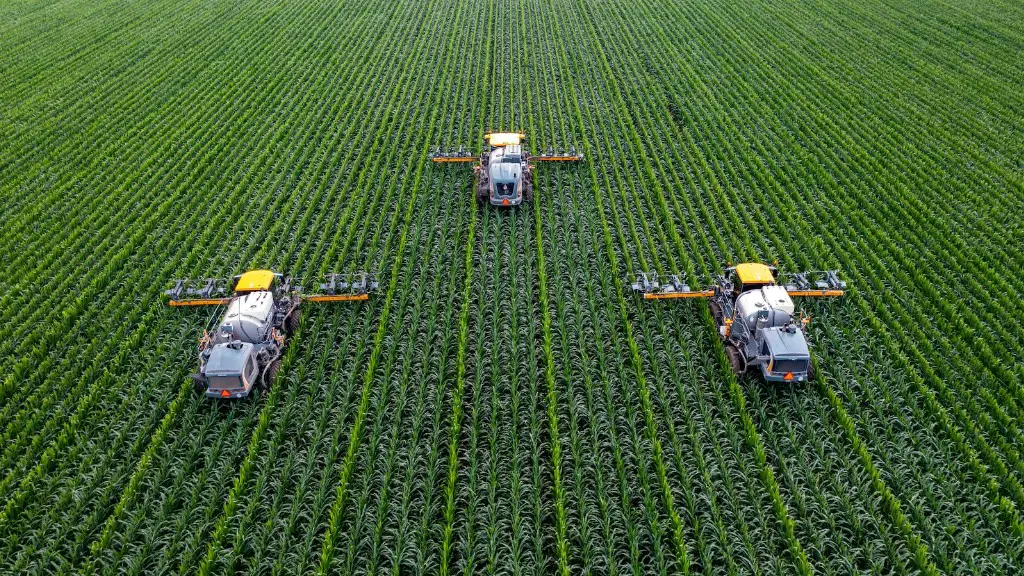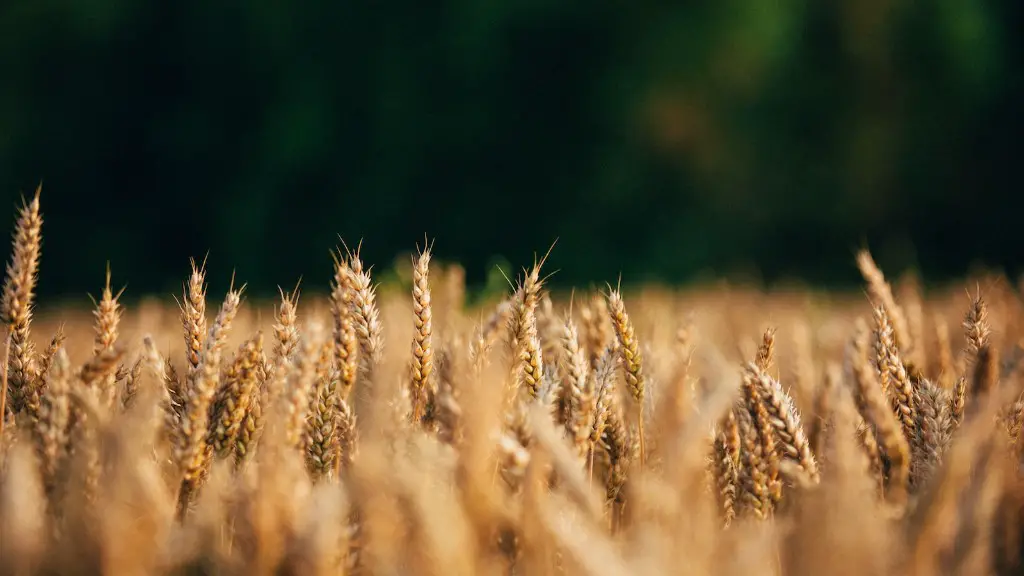Personal protective equipment (PPE) is an essential part of a farmer’s toolkit. Farmers must wear PPE to protect themselves from potential hazards in the agricultural workplace. It is important for a farmer to be aware of the various types of protective equipment available, and how to use them properly. PPE is essential in helping to reduce accidents, injuries, and illnesses that can occur in an agricultural environment.
PPE is designed to reduce the risk of injury or illness from contact with hazardous substances, hazardous substances created by an agricultural process, or contact with harmful machines or tools. Common types of PPE worn by farmers include protective eyewear, respiratory protection, safety boots, protective gloves, and overalls. All types of protective clothing should be fit tested to ensure proper fit.
Farmers must also be careful when using protective equipment as not all types of PPE can provide adequate protection when exposed to certain levels of a hazardous substance. For example, while safety boots provide good protection, they cannot completely protect a farmer’s feet from contact with pesticides or other chemicals.
In addition to wearing appropriate PPE, it is important for farmers to follow safety protocols and procedures for all activities on the farm. These protocols are designed to help reduce the risk of injury and illness from contact with hazardous substances and machines or tools. This includes the proper use of safety procedures such as always wearing appropriate PPE when working, following posted Safety and Health hazard signs, and regularly checking machines and tools for proper operation and safety.
It is also important for farmers to receive the proper training on how to use, maintain, and store all forms of PPE. This training should include how to inspect and replace equipment as needed, how to properly clean and maintain PPE, and how to properly store equipment away from contamination.
PPE is an important part of any farmer’s toolbox and should be used whenever possible. By understanding the proper use and maintenance of PPE, farmers can minimize the risks of accidents, injuries, and illnesses related to exposure to hazardous substances or contact with dangerous machines or tools.
Why is PPE Important in Agriculture?
A key benefit of using PPE is that it reduces the risk of injuries or illnesses from contact with hazardous substances, or from contact with dangerous machines or tools. Wearing PPE also helps to reduce the spread of diseases caused by contact with contaminated surfaces, or airborne contaminants. By reducing the health risks associated with working in agricultural environments, PPE helps ensure the overall safety, health and wellbeing of workers.
PPE also helps to reduce the risk of illnesses caused by long-term exposure to hazardous substances. Wearing the appropriate PPE decreases the amount and length of time that a worker is exposed to potentially hazardous materials and minimizes the amount of skin contact with these agents. This continuous protection helps to protect the worker’s overall health and reduce their risk of developing any long-term illness caused by the exposure.
The use of PPE in agricultural environments also helps to reduce the risk of accidents and injuries. Proper use of PPE ensures that farmers are better protected from the dangers present in an agricultural environment. This includes spills, splashes, and contact with hazardous tools or machines. By wearing the appropriate PPE, farmers are better protected from any unforeseen dangers.
Finally, the use of PPE serves as an important reminder for farmers to follow safety protocols and procedures. By wearing the appropriate PPE, workers are reminded of the potential dangers present in the agricultural environment. This helps ensure that farmers are reminded to follow all safety protocols, such as reading the Safety and Health hazard signs, using safe lifting techniques, and using the proper tools and machines.
What Types of PPE are Commonly Used in Agriculture?
Common types of PPE used in an agricultural environment include goggles and face shields, protective gloves, respirators, protective clothing, and safety boots. Goggles and face shields help protect the eyes and face from chemical exposure, dust and other airborne particles, or splash hazards. They are designed to provide full face protection, and may also include side shields for additional protection. The lenses should be replaced regularly to ensure the best protection.
Protective gloves protect the hands from contact with hazardous materials. They are designed to be comfortable and durable, and are available in a variety of materials, depending on the type of protection needed. Gloves should fit properly and be washed regularly between uses.
Respirators help to protect the respiratory system from hazardous airborne particles. They are available in a number of styles, including half-masks, cartrige respirators, and powered respirators. It is important to choose the appropriate respirator for the work environment, and to ensure that the respirator fits properly before use.
Protective clothing helps protect the body from contact with hazardous substances. It is important to select the appropriate clothing for the task, and to make sure that the clothing fits properly.
Safety boots provide protection for the feet and ankles from slips, falls, and contact with hazardous materials. They should fit properly, and be inspected for wear and tear at least once a month.
What Safety Protocols & Procedures Should be Followed When Wearing PPE in Agriculture?
It is important to follow safety protocols and procedures when wearing PPE. This includes understanding the risks associated with the tasks being performed, selecting the right PPE for the job, and properly inspecting and cleaning the PPE after each use. Additionally, it is important to ensure that the PPE fits properly and that it is not damaged in any way.
In addition to the above, it is important to follow any posted safety signs in an agricultural environment. These signs help to inform workers of potential hazards and provide instructions on how to avoid them. It is also critical to practice safe lifting techniques when working with heavy tools and equipment, as this helps to reduce the risk of injury and strain.
Finally, it is important to familiarize oneself with the proper use, maintenance, and storage of PPE. This helps to ensure that the protective equipment is in the best condition to provide adequate protection. It is also important to check PPE regularly for any signs of wear and tear, and to replace the equipment as needed.
How to Properly Inspect and Maintain PPE?
It is important to inspect PPE before each use, both internally and externally. It is also important to ensure that the equipment is not contaminated in any way. Additionally, all PPE should be properly cleaned and disinfected between uses.
When inspecting PPE, it is important to check the material for any wear and tear. This includes checking for any tears or holes in the fabric, loose straps, missing buttons or clips, and any other signs of damage. It is also important to check that the protective clothing fits properly, as ill-fitting clothing can be hazardous and will not provide adequate protection.
When maintaining PPE, it is important to follow the manufacturer’s instructions for each item of equipment. Additionally, all items should be stored away from heat, sunlight, and other sources of contamination. Additionally, PPE should be stored in a manner that allows for easy access and proper identification for the type of equipment.
How to Properly Store PPE?
It is important to store PPE in a manner that will keep it clean and dry and prevent contamination. To accomplish this, it is important to store protective clothing in airtight containers, away from sunlight and other sources of contamination. It is also important to label these containers to ensure that the appropriate equipment is identified.
In addition to using airtight containers, it is important to ensure that protective clothing is organized and stored in a manner that allows for easy access. Additionally, protective clothing should be stored separate from non-protective clothing and other items that may contain hazardous materials.
Finally, it is important to keep records of the inspection and maintenance of PPE. This will help to ensure that the protective equipment is kept in the best condition for use. These records should include the date of inspection, any repairs or replacements made, and the date of the most recent cleaning or disinfection.





